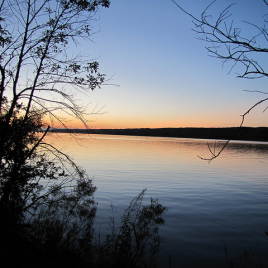Hard water lakes such as the Buffalo Pound Lake in Saskatchewan, are common in the Prairie provinces. Boreal lakes normally emit greenhouse gases with the breakdown of organic matter. New research shows that atmospheric warming could transform these lakes into carbon sinks. This study contradicts the general assumption that global warming will invariably increase CO2 emissions from […]
Tag: conservation
Stopping high sea fishing to increase global catch
Closing the high seas to fishing could improve the distribution of catches globally, according to a new study. Researchers estimate that around 42% of commercial fish spend their time both in high seas and coastal areas, and predict that closure of high seas will result in more of these fish being caught in coastal areas […]
Aerosols and a warming Arctic
The Arctic has warmed more quickly over the last century than the rest of the planet, a warming observed to be about 1.2 degrees Celsius. According to a new study, this warming could have been even worse. Aerosols, particles or droplets created as a byproduct of human activities such as the burning of fossil fuel, […]
Bridging the gap between climate change believers and skeptics
Building public support for strategies to minimize human-induced climate change must go beyond educating the public about the science if skeptics are to be convinced. A new study of Americans claims that belief or denial of the human role in climate change is often part of ones self-identity and as such is similar to other […]
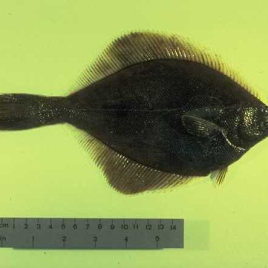
Warming oceans and melting ice mean fish will be able to move across the Arctic
Fish species living in the North Atlantic and Pacific may interchange as sea ice melts and the North West and North East passages open up. This future interchange could impact commercial fishing, as new high-latitude fisheries become more viable, and in local ecosystems as new species move in and old ones are forced out. Using […]
Synthetic nutrients and GMOs
Researchers have developed genetically modified organisms (GMOs) that depend on synthetic nutrients to survive. Two teams, one from Yale University and another from Harvard, tweaked the genetic code of modified bacteria whose growth is restricted by the expression of multiple essential genes that depend on synthetic amino acids, the building blocks of proteins. When the […]
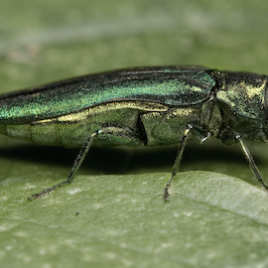
The Emerald ash borer can attack other tree species
New research shows that the emerald ash borer, an invasive beetle from Asia which has killed millions of ash trees in Canada, can also attack the white fringetree (Chionanthus virginicus). This small shrub, while native to the southeastern United States, is planted ornamentally in Ontario and Quebec. Researchers have found that white fringetrees in three […]
How much fossil fuel can we exploit?
Canada would need to leave 75 per cent of its oil in the ground as part of a global effort to cap global warming at two degrees Celsius above pre-industrial levels, a new study shows. The authors also conclude that the exploitation of resources in the Arctic should be ruled out. Using computer models, the authors found that […]
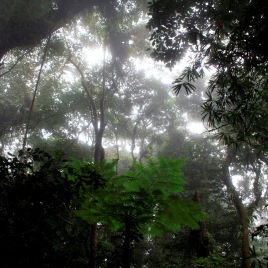
No extra growth in tropical trees due to increased atmospheric CO2 levels
The assumption that increased atmospheric CO2 levels contribute to increased tree growth is being called into question by this study published in Nature Geoscience. Predicting the response of tropical forests is important in the modeling of future climate scenarios. Extra CO2 in the atmosphere is expected to increase tree growth, by improving the trees rate of […]
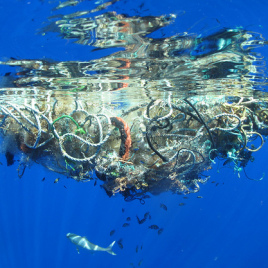
Thousand tons of plastic floating in the oceans
At least 269,000 tons of plastic pollution could be floating in the world’s oceans, according to a new study. Researchers collected small, floating plastic particles across the Atlantic, Pacific and Indian Ocean as well as off the coast of Australia, in the Bay of Bengal, and the Mediterranean Sea between 2007 and 2013. They then […]
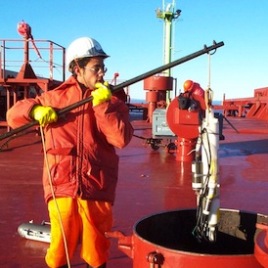
How risky is ballast water?
Many invasive species – e.g. zebra mussels – hitch a ride across oceans in ships’ ballast water, but a new study shows that some trips may pose more risk than others. Researchers sampled ballast water each day as ships crossed the ocean and discovered that invasive species are more likely to survive a shorter trans-Atlantic […]
Carbon dioxide warming effects felt 10 years after being emitted
It takes ten years for an emission of carbon dioxide (CO2) to have its maximum warming effects on the Earth, a new study shows. It was previously thought that the warming effects from a CO2 emission would not be felt for several decades. The authors conclude that benefit from avoided CO2 emissions, and thus avoided droughts, […]
Atmospheric pollutant hides in the dirt at night
A new explanation for rising and falling concentrations of the atmospheric pollutant nitrous acid (HNO2 ) could help predict ‘smog days’. Nitrous acid is quickly destroyed by sunlight in the atmosphere, but nevertheless it can build up to detectable levels during the day, pointing to an unknown source. The new study explains how HNO2 created […]
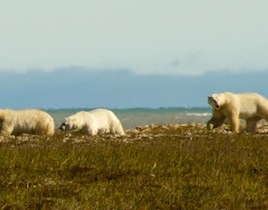
Melting ice could jeopardize 25% of polar bears by 2100
A new study suggests that if arctic warming trends continue, a quarter of the world’s polar bears will be unable to survive by 2100. The study uses a climate model to create detailed projections for the ice cover in the Canadian Arctic Archipelago, the series of islands and channels that dominate the far North of […]
A cool way to cool
Researchers have created a new rooftop cooling device that works under direct sunlight, without electricity, by emitting back heat radiation into space. The authors have produced a multi-layered solar reflector made of hafnium dioxide (HfO2) and silicon dioxide (SiO2) that reflects 97 per cent of sunlight at a frequency called the ‘infrared atmospheric transparency window’ […]
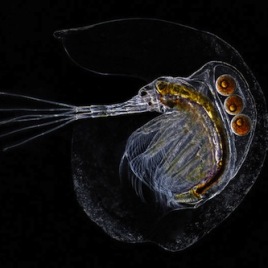
The ‘jellification’ of Canada’s freshwater lakes
A strange jelly-covered organism is taking over various lakes in Canada, and the cause is a kind of ‘aquatic osteoporosis’ due to low calcium levels, according to a new study. Researchers studied two kinds of tiny crustaceans about 1 mm or less in size: Daphnia – AKA water fleas – have a hard shell, while Holopedium […]
